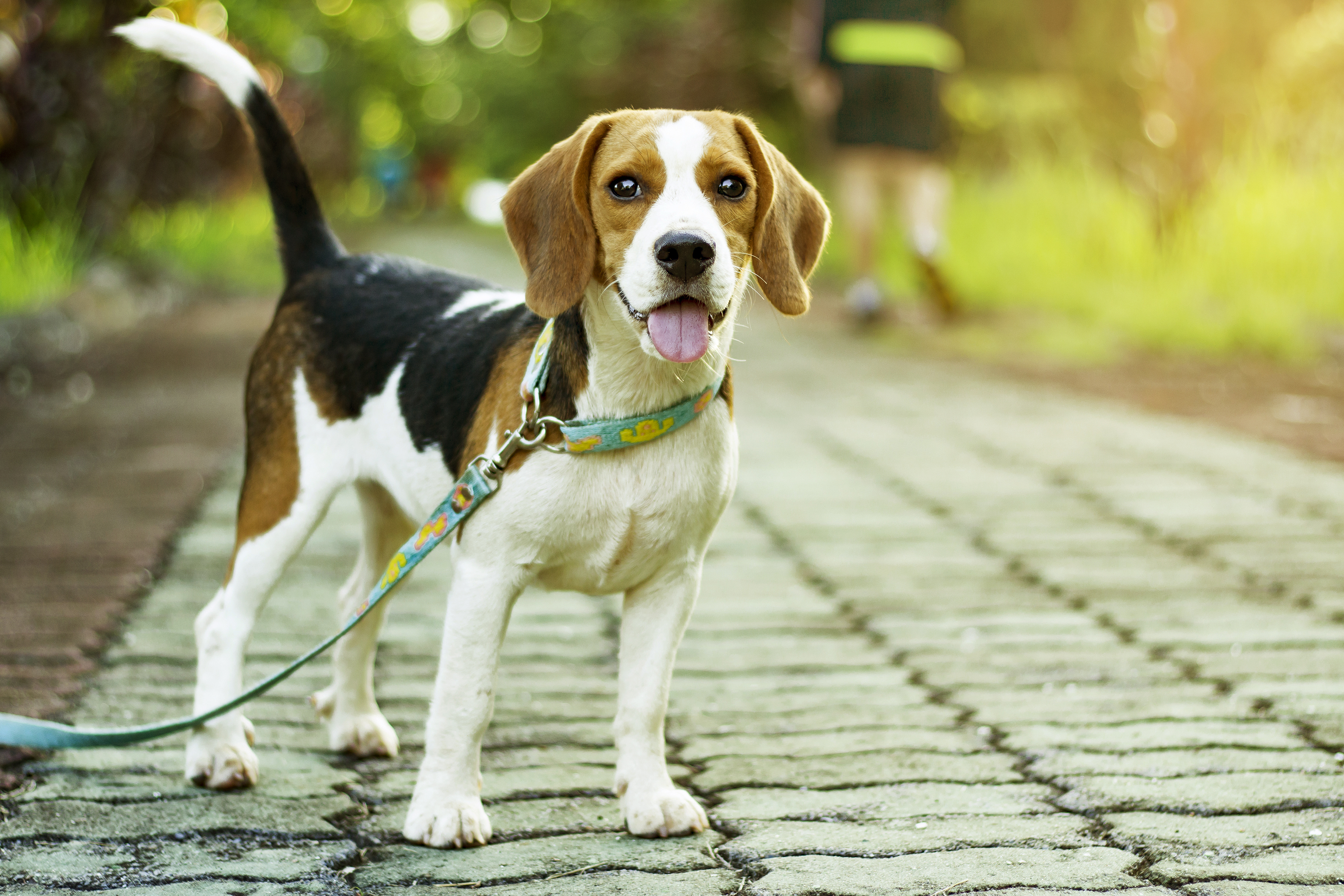Precautions to be taken if the dog has aggressive behavior

Precautions to be taken if the dog has aggressive behavior
Aggression is the most common and serious behavioral problem in dogs. It's also the number one reason pet owners seek professional help from trainers and veterinarians.
What is aggression?
The term "aggression" includes a wide variety of behaviors that can occur for a large number of reasons. Almost all wild animals are aggressive in protecting their territory, offspring and themselves. Species that live in groups including humans and dogs can use aggression and threat to maintain peace among themselves or to seek compromise in their social interactions.
Saying that a dog is "aggressive" can mean many things. Aggression encompasses a range of behaviors that usually starts with warnings and can result in an attack. A dog that is aggressive towards people will often exhibit some of the following increasingly intense behaviors:
● Standing too still
● Barking in the form of growling
● Being thrown forward
● "Muzzle punch" (dog literally punches the person with it nose)
● Showing teeth
● Wheezing (combination of wheezing and teething)
● Bites strong enough to cause bruises on your body
● Rapidly repeated bites
Dogs may not always follow this order, and most often they can do several of the above behaviors at the same time. Most often, dog owners do not understand the signs they give for warning before their dog bites them. That's why they suddenly perceive their dog as having run off his leash. You should remember that there may be milliseconds between a warning and a bite, but dogs usually give some kind of warning in advance and then bite.
How to prevent aggression?
Note when your dog becomes aggressive and the conditions surrounding this behavior. This will play an important role in determining your next step. It is important to overcome the underlying cause of aggression.
The behavior is actually a symptom of an underlying problem. There are several ways to manage your dog's hostility and help it stay calm. Time, consistency and possibly getting the help of a professional are some of these measures.
Consult your veterinarian
Dogs that are not normally aggressive but suddenly develop aggressive behaviors may have a serious underlying medical problem. Health issues that can cause aggression can include hypothyroidism, painful injuries, and neurological issues such as encephalitis, epilepsy, and brain tumors.
Be sure to talk to your veterinarian to determine if your dog is developing this condition. Appropriate treatment or medication can make great improvements in your dog's behavior.
Call a professional
If your vet has ruled out medical issues, it may be time to seek out a professional dog trainer. Because aggression is such a serious problem, you should not try to fix it yourself.
A professional can help you understand what is causing your dog's aggression and create a plan to manage it. You can seek advice from your veterinarian to find a professional dog trainer or behaviorist.
Avoid punishment
Punishing your dog for aggressive behavior often backfires and can increase aggression. If you respond to a snarling dog by hitting, shouting, or using some other distracting method, the dog may feel the need to defend itself by biting you.
Punishing can also cause your dog to bite someone else without giving any indication. For example, a dog growling at children will let you know that it is uncomfortable around them. If you punish a dog for growling, she may choose to bite you without warning the next time it is disturbed.
Dealing with inevitable situations
Finally, you should consider whether your lifestyle allows you to stick to a plan. For example, if you have a dog and children and if your dog is aggressive towards children, it is almost impossible to avoid the situation that provokes aggression. In this case, the best option for you and your dog may be to find a new only adult home.
Aggression is the most common and serious behavioral problem in dogs. It's also the number one reason pet owners seek professional help from trainers and veterinarians.
What is aggression?
The term "aggression" includes a wide variety of behaviors that can occur for a large number of reasons. Almost all wild animals are aggressive in protecting their territory, offspring and themselves. Species that live in groups including humans and dogs can use aggression and threat to maintain peace among themselves or to seek compromise in their social interactions.
Saying that a dog is "aggressive" can mean many things. Aggression encompasses a range of behaviors that usually starts with warnings and can result in an attack. A dog that is aggressive towards people will often exhibit some of the following increasingly intense behaviors:
● Standing too still
● Barking in the form of growling
● Being thrown forward
● "Muzzle punch" (dog literally punches the person with it nose)
● Showing teeth
● Wheezing (combination of wheezing and teething)
● Bites strong enough to cause bruises on your body
● Rapidly repeated bites
Dogs may not always follow this order, and most often they can do several of the above behaviors at the same time. Most often, dog owners do not understand the signs they give for warning before their dog bites them. That's why they suddenly perceive their dog as having run off his leash. You should remember that there may be milliseconds between a warning and a bite, but dogs usually give some kind of warning in advance and then bite.
How to prevent aggression?
Note when your dog becomes aggressive and the conditions surrounding this behavior. This will play an important role in determining your next step. It is important to overcome the underlying cause of aggression.
The behavior is actually a symptom of an underlying problem. There are several ways to manage your dog's hostility and help it stay calm. Time, consistency and possibly getting the help of a professional are some of these measures.
Consult your veterinarian
Dogs that are not normally aggressive but suddenly develop aggressive behaviors may have a serious underlying medical problem. Health issues that can cause aggression can include hypothyroidism, painful injuries, and neurological issues such as encephalitis, epilepsy, and brain tumors.
Be sure to talk to your veterinarian to determine if your dog is developing this condition. Appropriate treatment or medication can make great improvements in your dog's behavior.
Call a professional
If your vet has ruled out medical issues, it may be time to seek out a professional dog trainer. Because aggression is such a serious problem, you should not try to fix it yourself.
A professional can help you understand what is causing your dog's aggression and create a plan to manage it. You can seek advice from your veterinarian to find a professional dog trainer or behaviorist.
Avoid punishment
Punishing your dog for aggressive behavior often backfires and can increase aggression. If you respond to a snarling dog by hitting, shouting, or using some other distracting method, the dog may feel the need to defend itself by biting you.
Punishing can also cause your dog to bite someone else without giving any indication. For example, a dog growling at children will let you know that it is uncomfortable around them. If you punish a dog for growling, she may choose to bite you without warning the next time it is disturbed.
Dealing with inevitable situations
Finally, you should consider whether your lifestyle allows you to stick to a plan. For example, if you have a dog and children and if your dog is aggressive towards children, it is almost impossible to avoid the situation that provokes aggression. In this case, the best option for you and your dog may be to find a new only adult home.



